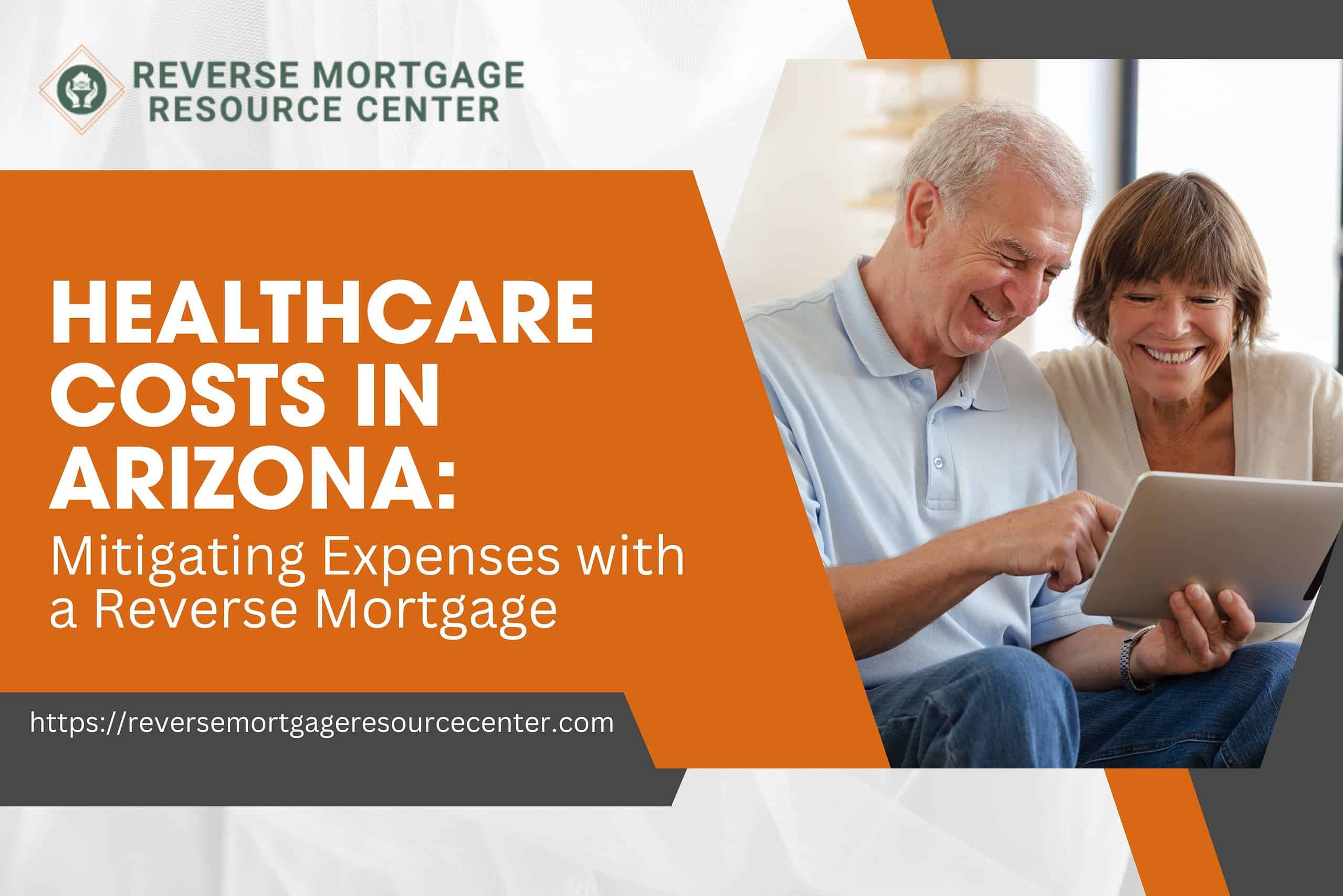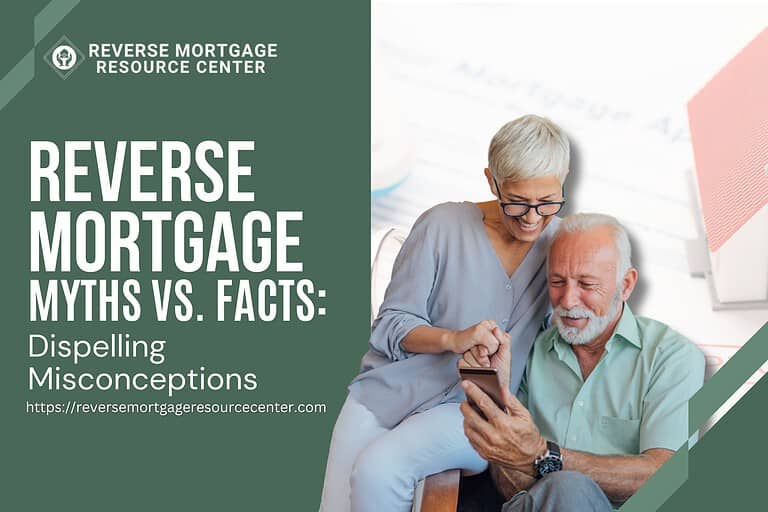Healthcare Costs in Arizona: Mitigating Expenses with a Reverse Mortgage
Healthcare is a basic requirement for people of all ages, but our need for medical attention often grows as we age. Healthcare expenditures can be a considerable financial hardship for retirees in Arizona, as in many other parts of the United States. As we delve into this complex problem, we will look at Arizona’s escalating healthcare expenditures and the potential solution of using a reverse mortgage to offset these costs.
The Rising Healthcare Costs in Arizona
The Aging Population
The population of Arizona is rapidly aging. This demographic shift is mostly due to the “baby boomer” generation approaching retirement age. The elderly often demand more medical care, which has increased healthcare costs. This tendency is unlikely to reverse as the population of Arizona continues to age.
Increasing Medical Inflation
Medical prices in the United States have steadily grown, and Arizona is no exception. Advances in medical technology, increased prescription drug costs, and a growth in chronic health issues have all contributed to the rising expenditures. As a result, retirees are dealing with medical bills that can substantially influence their financial security.
Insufficient Medicare Coverage
While Medicare is an excellent source of healthcare coverage, it does not cover all medical costs. There are deductibles, copayments, and services that regular Medicare does not cover. This forces retirees to pay these expenditures out of pocket or buy supplemental insurance coverage, which can increase their overall healthcare costs.
The Role of Reverse Mortgages
What is a Reverse Mortgage?
A reverse mortgage is a financial strategy that enables homeowners, usually seniors 62 and over, to provide income tax-free access to their home equity. This money can be used for various things, including medical bills. Unlike a standard home equity loan or a home equity line of credit (HELOC), a reverse mortgage does not need monthly mortgage payments. The debt is instead returned when the homeowner sells the house, moves out, or passes away.
Leveraging Home Equity
One of the primary benefits of a reverse mortgage is that it allows homeowners to access a substantial percentage of their home equity. This can be a tremendous financial resource in Arizona, where many retirees have significant home equity due to rising property values. Retirees can afford healthcare expenditures without selling their houses or downsizing by tapping into this equity.
Financial Flexibility
A reverse mortgage gives retirees the freedom to choose how to spend the income they already receive. This is especially useful when dealing with unpredictability in healthcare costs. A reverse mortgage can be personalized to match specific needs, whether paying medical costs, obtaining long-term care insurance, or even renovating houses for aging in place.
The Benefits of Mitigating Healthcare Costs with a Reverse Mortgage
Protecting Retirement Savings
Many retirees rely on their retirement funds and investments to support their living expenditures, which include healthcare bills. Using these assets to pay for medical expenditures might quickly drain their financial resources, exposing them. A reverse mortgage can secure these resources by providing an additional source of funds to pay healthcare costs while leaving retirement money available for other purposes.
No Monthly Mortgage Payments
One of the most appealing aspects of a reverse mortgage is that no monthly mortgage payments are required. This relieves the strain of adding another monthly payment, making it easier for retirees to manage their budgets and devote funds to healthcare costs.
Staying in Your Home
Seniors frequently choose to mature in the familiarity and comfort of their own homes. Healthcare costs, particularly those associated with age and medical issues, can make this aim difficult. Retirees can use a reverse mortgage to get the financing needed to make critical home improvements that improve safety and accessibility, allowing them to stay in their homes for extended periods.
No Repayment Until You Leave Your Home
The fact that reverse mortgages do not need repayment until the homeowner permanently leaves the residence is an important advantage. This means that the loan can be repaid through the sale of the home after the homeowner’s death, allowing the homeowner to use the funds to meet healthcare bills during their lifetime without immediate payback constraints.
The Misconceptions of Reverse Mortgages
Inheritance Concerns
One prevalent misperception concerning reverse mortgages is that they can impair a person’s ability to leave an inheritance to their heirs. While the loan must be returned someday, the heirs can repay the loan balance and keep the residence. Alternatively, the debt can be repaid by selling the home, with any remaining proceeds passing to the heirs.
Home Ownership Retention
Another source of stress is the fear of losing one’s house. A reverse mortgage is intended to provide financial relief while allowing the homeowner to continue living there. There is no chance of losing the home if the homeowner continues to meet the loan obligations, such as paying property taxes and homeowners insurance.
The Reverse Mortgage Application Process
The application procedure for a reverse mortgage is simple, but working with a reputable lender is critical. Typically, the steps are as follows:
Counseling: To fully grasp the ramifications of a reverse mortgage, homeowners must attend a counseling session with a HUD-approved counselor.
Eligibility: Determine whether you fulfill the eligibility requirements, often including being at least 62 years old and having sufficient home equity.
Loan Application: Submit a loan application to a reverse mortgage lender that has been approved.
Home Appraisal: The lender will arrange for an appraisal to determine the home’s value.
Loan Approval: Once the appraisal is done, the lender will approve the loan and finalize the terms.
Funding: Depending on the homeowner’s preferences, the funds can be received in a lump sum, as a line of credit, or as regular monthly installments.
Use of Funds: Homeowners can use the monies for the intended purpose, such as reducing healthcare expenditures.
REVERSE MORTGAGE RESOURCE CENTER ~LIVE LIFE ON YOUR TERMS~
Our Lending Team has been serving our clients since 2004. We are passionate about serving our clients with integrity to help them achieve their financial goals.







